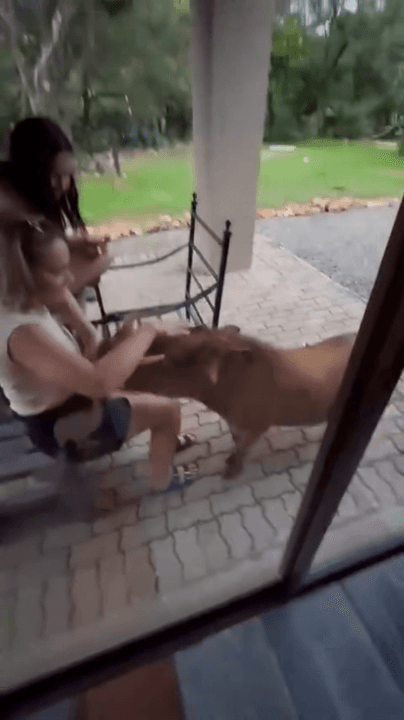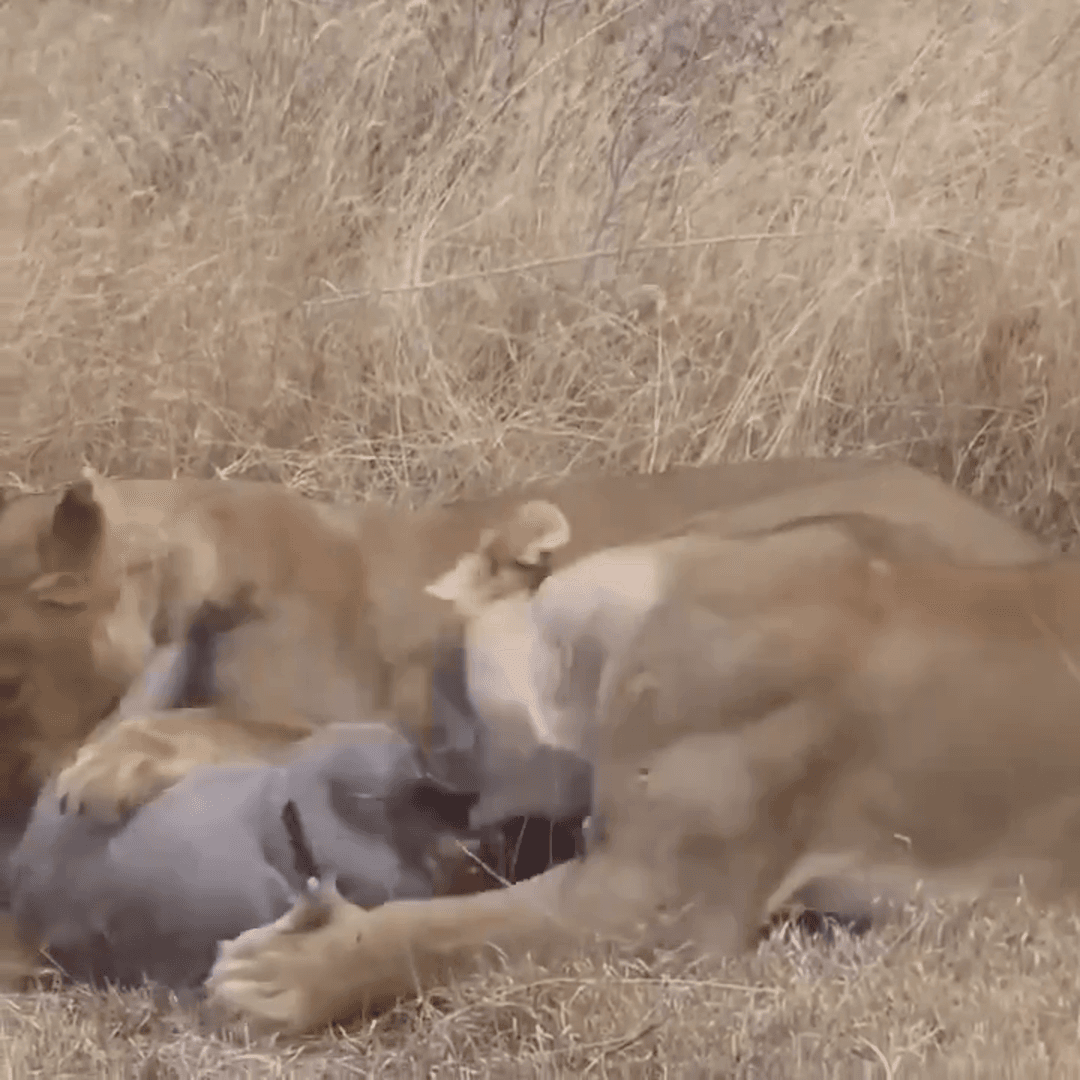
Warthog Hunting in Africa: A Comprehensive Guide for Hunters Warthogs – those tough, tusked members of the pig family – are a popular and challenging quarry for hunters in Africa. Their resilience, a
Post: 7 March 21:09

Post: 7 March 21:09

Post: 23 January 20:35

Post: 30 July 10:41

Post: 30 July 10:49

Post: 6 August 09:12

Post: 16 June 21:39

Post: 27 June 16:09

Post: 18 June 13:54

Post: 18 June 13:24

Post: 17 June 13:15

Post: 17 June 13:48

Post: 16 June 22:11

Post: 5 September 08:13

Post: 25 July 10:47

Post: 25 July 13:16

Post: 3 September 12:40

Post: 28 August 11:34

Post: 28 August 07:46

Post: 27 August 15:10

Post: 26 August 14:12

Post: 17 July 09:34

Post: 10 July 09:15

Post: 8 July 09:35

Post: 11 July 14:09

Post: 23 July 14:46

Post: 11 July 12:04

Post: 30 July 10:38

Post: 14 July 18:24

Post: 27 June 09:02

Post: 26 August 20:32

Post: 29 July 11:24

Post: 24 July 21:16

Post: 4 September 07:20

Post: 1 September 13:02

Post: 1 September 12:28

Post: 28 August 10:34

Post: 27 August 15:00

Post: 27 August 13:47

Post: 27 August 13:40

Post: 26 August 14:43

Post: 24 July 21:14

Post: 24 July 14:59

Post: 22 July 20:46

Post: 21 July 20:29

Post: 16 July 08:35

Post: 8 September 13:16

Post: 4 September 07:33

Post: 3 September 13:39

Post: 3 September 13:17

Post: 3 September 09:57